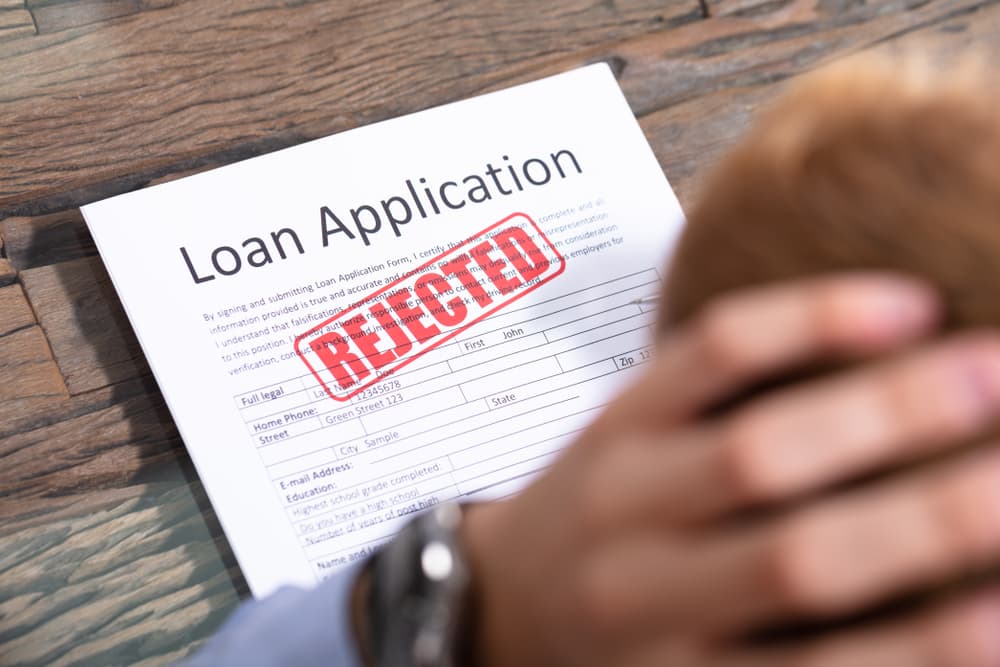While a big provident fund (PF) amount brings much relief in the mind of retirees, it may not serve the intended purpose if the PF amount is not divided judiciously under various investments.
People often get confused when it comes to dividing up the PF amount and making the best use of it.
The need to divide your PF amount arises because of changing needs. There is certainly no doubt that you need a monthly or quarterly cash flow to serve your regular needs. Additionally, you also need a corpus to meet medical or any other financial emergencies. Therefore, you need to use different ways of handling the retirement corpus.
Here’s how to go about it.
FOR MONTHLY RETIREMENT INCOME
To ensure a monthly or quarterly cash flow, there are various schemes by the government, banks, and financial institutions you could choose from.
Some of the government sponsored schemes include Post Office Monthly Income Scheme (POMIS), and Pradhan Mantri Vaya Vandana Yojana (PMVVY). These schemes are backed by the government and are, therefore, risk-free with the returns being certain.
Senior Citizens Savings Scheme (SCSS) is another option where the interest is paid quarterly. As of now, the rate of interest in PMVVY and POMIS are 7.4 per cent, while the same is 8.2 per cent for SCSS.
Banks also offer fixed deposit schemes from where monthly, quarterly, half-yearly or yearly interest pay-out can be opted for. The FD rates can vary from bank to bank. But it is advisable to do your research by comparing the interest rate before investing in bank FD.
You can also invest a portion of the PF corpus in an arbitrage fund to generate a low-risk return along with the tax benefit available to the equity asset class.
FOR INVESTING A LUMP SUM CORPUS TO MEET A FINANCIAL EMERGENCY
The second need is for a lump sum amount in case of a medical emergency or any other similar risk. You may want to invest a lump sum amount in a safe asset which protects capital, provides a good return and also allows for good liquidity.
To achieve this, high-grade debt funds can be a good option to invest in. High-grade debt funds are safer, and provide capital appreciation as well as protection.
If you can take a little amount of risk, you can also opt for investing a portion of the corpus in balanced fund, which invests in both, debt and equity. The presence of equity makes the fund a little more risky than pure debt funds, but it also offers the opportunity for higher returns because of the presence of equity in the mix.
THE LAST WORD
Let’s say you retire with Rs. 1.5 crore in your PF amount. You can invest Rs. 1 crore into different asset classes to ensure a monthly income at an annualised rate of 6-9 per cent per annum.
This can provide you with a regular income of around Rs 50,000 per month. The remaining Rs. 50 lakh can be invested towards meeting financial emergencies. While dividing up your retirement corpus in different investment assets, focus on generating a high real rate of return. Always consult your investment advisor for in-depth guidance.
The author is an Independent Financial Journalist




